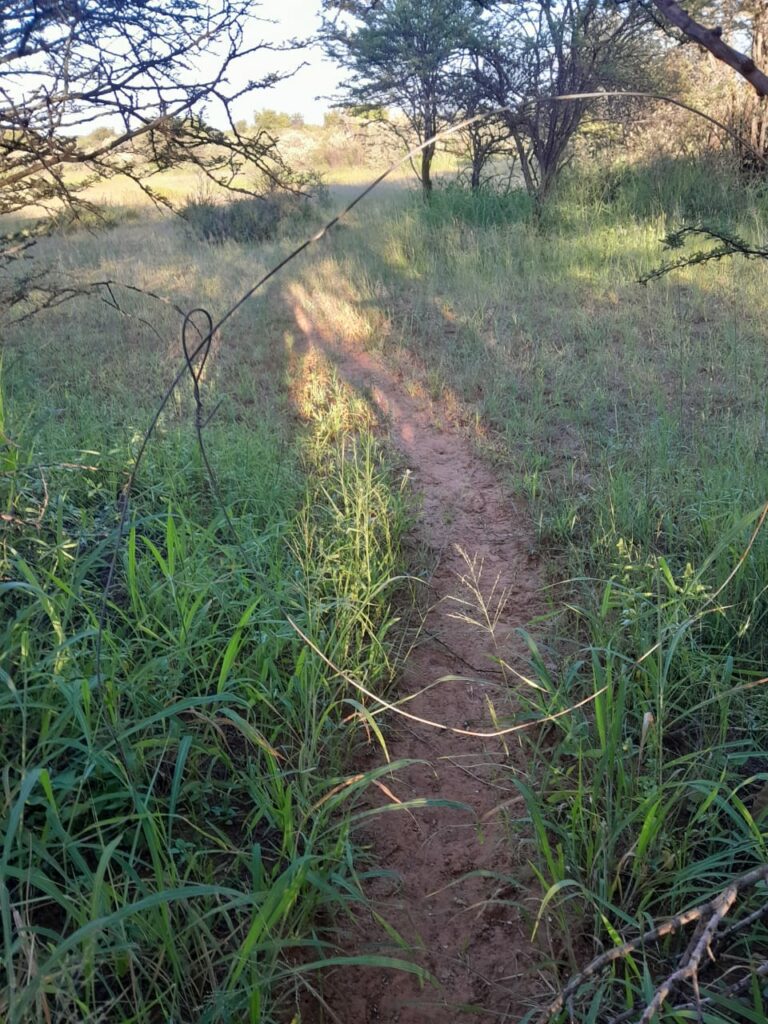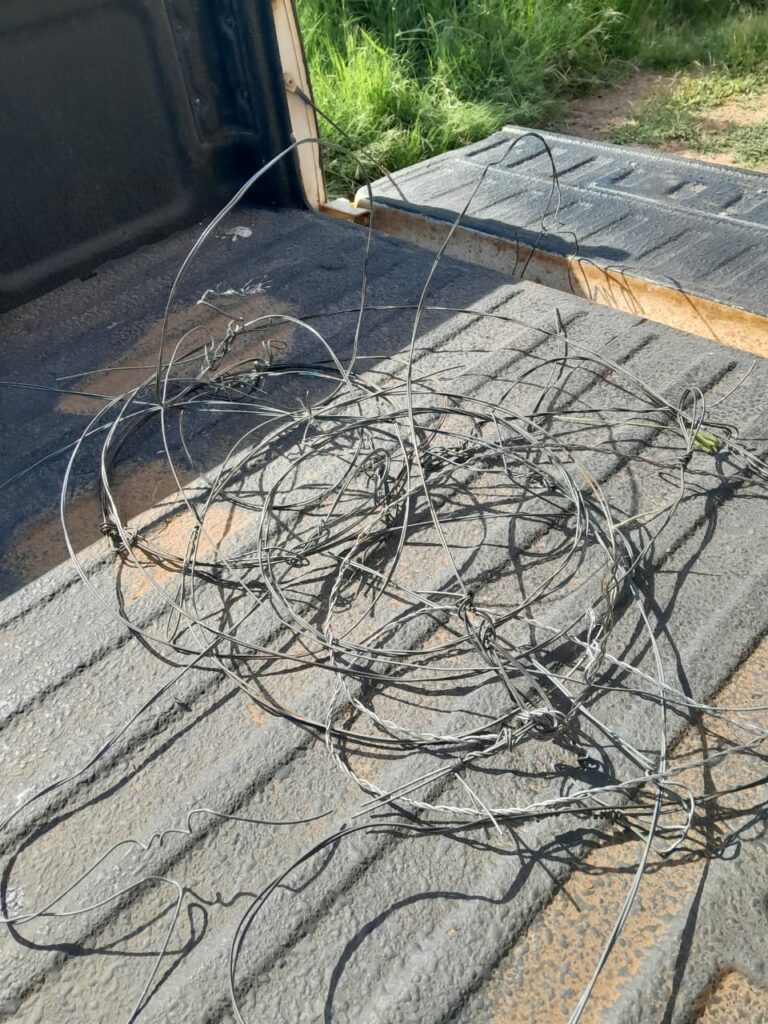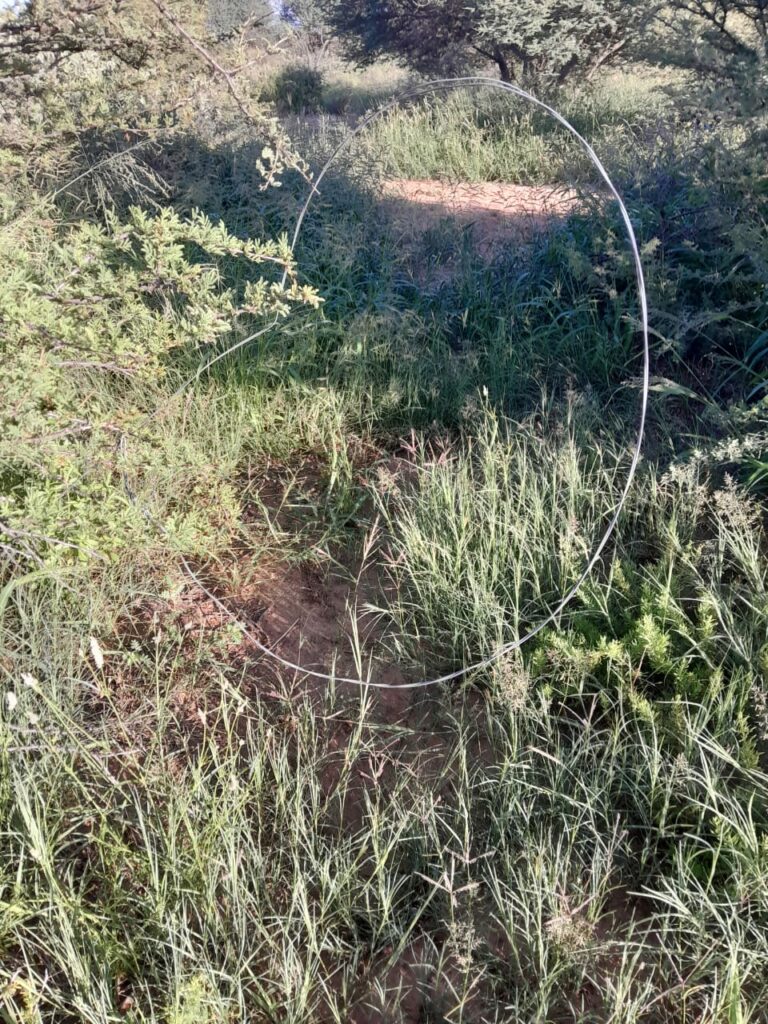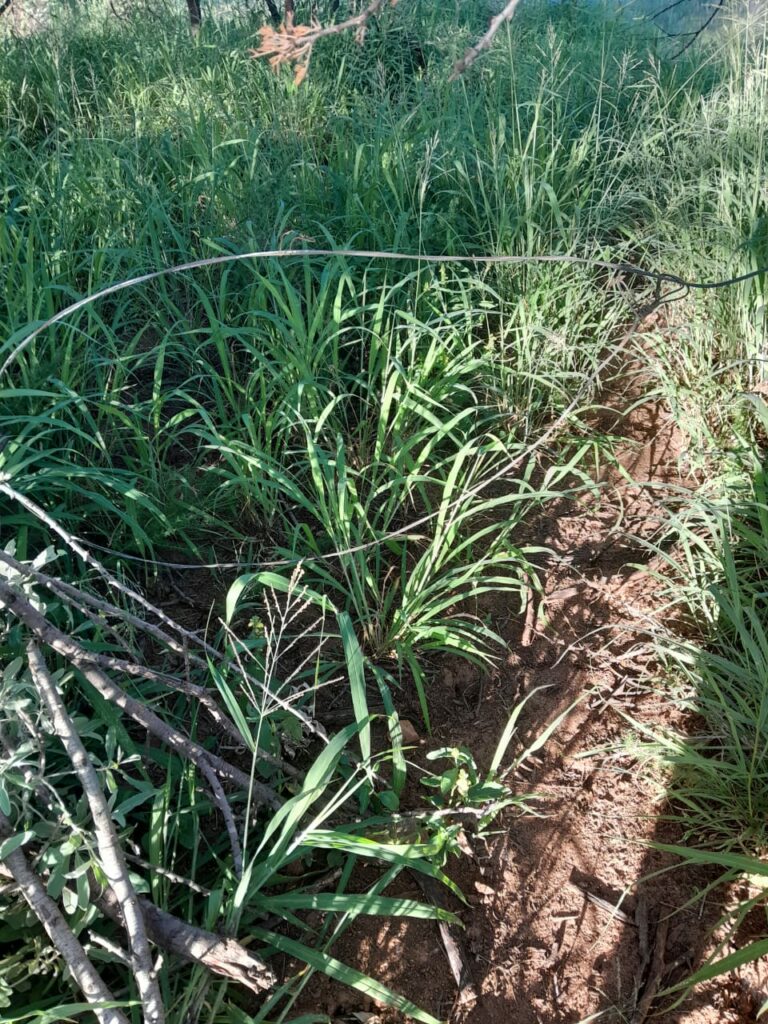The Dangers of Snaring: A Critical Threat to Wildlife and Farm Security
Snaring is an insidious threat that affects both our precious wildlife and the safety of rural communities. In this in-depth blog post, we explore the growing crisis of snaring, its devastating impact on wildlife, and the significant economic and security risks it poses for farmers. From illegal snaring to the broader implications for wildlife conservation and farm security, we break down the issue and offer insights into effective anti-snaring measures.
What Is Snaring and Why Is It a Problem?
Snaring refers to the use of wire, cable, or other materials to create traps that capture animals without direct human intervention. While snares are sometimes used in traditional hunting practices, illegal snaring has surged in recent years. Organized criminal networks increasingly exploit snaring as a low-cost method to poach wildlife and even disrupt farm operations.





Economic and Security Implications for Farmers
For rural communities and farmers, snaring is not just an environmental concern—it poses serious economic and security risks. Farms are already under threat from various forms of crime, including theft and vandalism. The additional risk of snaring can lead to significant financial losses, especially when livestock are inadvertently caught or when predators are attracted to disturbed areas.
- Livestock losses: Animals caught in snares may suffer injuries that render them unfit for sale or consumption.
- Equipment damage: Farmers may find that snares are also used to steal or damage essential farming equipment.
- Increased security costs: With rising incidents of snaring, farmers are forced to invest more in farm security solutions.
The Impact of Snaring on Wildlife Conservation
Snaring is one of the most destructive methods of wildlife poaching. It not only indiscriminately targets endangered species but also leads to severe injuries and a slow, agonizing death for countless animals. The ecological consequences of snaring extend beyond individual species; entire ecosystems suffer when keystone species are removed from their natural habitats.
- Wildlife conservation efforts are severely hampered by snaring.
- Snaring often results in fatal injuries and prolonged suffering.
- Many animals caught in snares, such as wildebeest, elephants, and big cats, face a high risk of infection, malnutrition, and eventual death.
- Biodiversity loss is accelerated as endangered species are decimated.
Anti-Snaring Measures: What Can Be Done?
1. Strengthening Law Enforcement and Anti-Poaching Efforts
2. Community Education and Involvement
3. Technological Innovations in Farm Security
4. Collaborative Conservation Efforts
The Role of Security Excellence Solutions
At Security Excellence Solutions, we are committed to protecting both wildlife and rural communities. Our comprehensive security strategies include tailored risk assessments, advanced technological installations, and community-based initiatives that together form a robust defense against snaring and other threats. With our state-of-the-art solutions, we aim to create a safer environment for farmers and wildlife alike.
Snaring is a multifaceted problem that demands immediate and sustained attention. Its impact on wildlife conservation, economic stability, and rural security is profound and far-reaching. By implementing stronger law enforcement, leveraging innovative security technologies, and fostering community collaboration, we can turn the tide against this destructive practice.
If you are a farmer or a conservationist looking to safeguard your assets and protect our natural heritage, consider partnering with experts who understand the complexities of rural security and wildlife conservation. Together, we can build a future where both our farms and wildlife thrive free from the threat of snaring.
- Schedule a comprehensive risk assessment with Security Excellence Solutions.
- Join local community watch programs.
- Invest in advanced security solutions designed to combat snaring.
